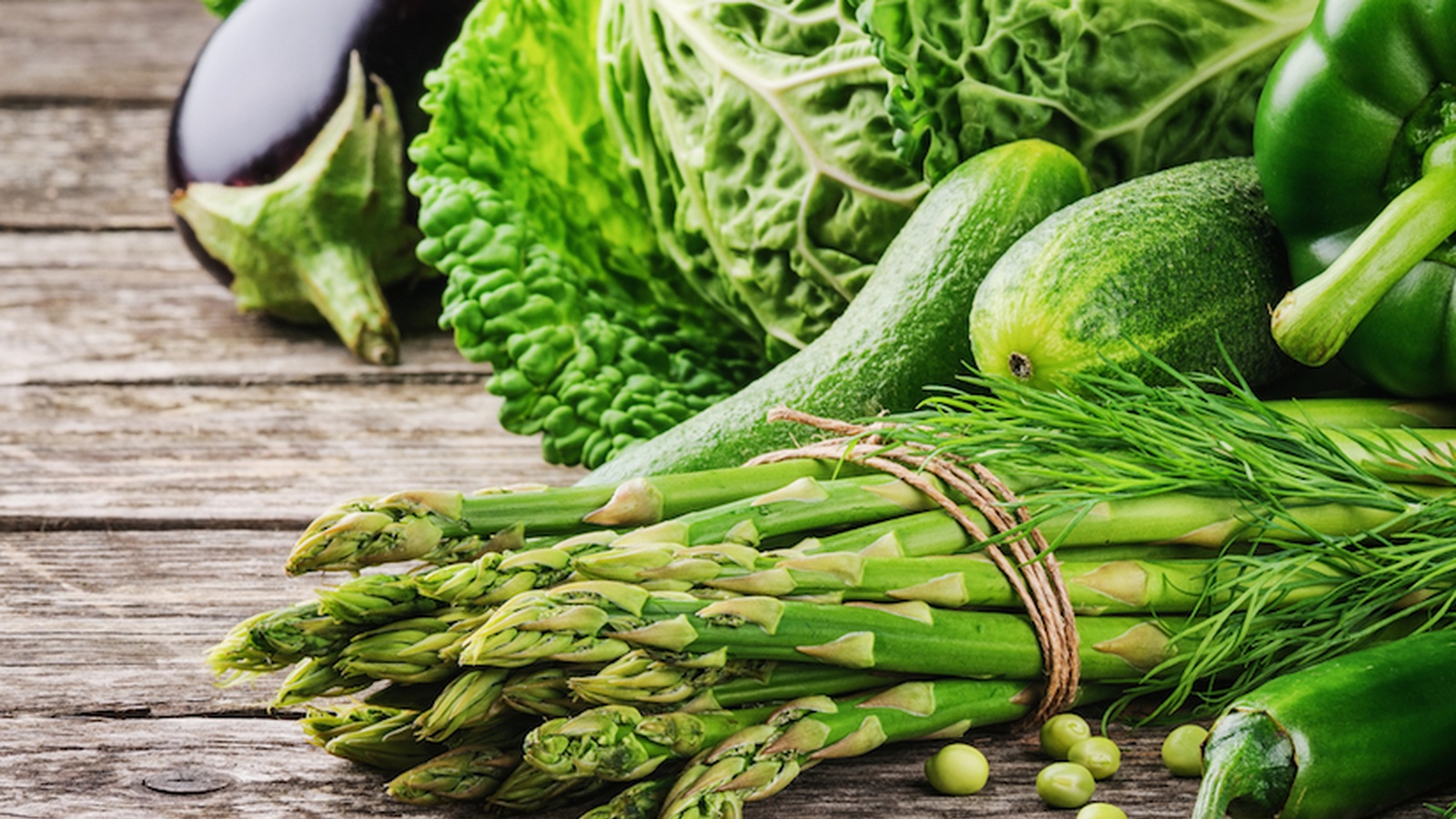Heartburn, Indigestion, Acid-Reflux? How to Kick an Over-Acid Diet
Have you ever been diagnosed with Heartburn or Acid-Reflux? Both of these problems can be result of an over-acidic diet. One of our major nutritional goals for optimum health is maintaining a proper acid/alkaline balance. It is important that our diet is slightly more alkaline-forming than acid as this is the environment which is most conducive to health and the body's natural repair process.
We are talking about the acid or alkaline ash that remains in the body after metabolism, not the actual content of the food. For example, lemon is an acid-containing food, but it leaves an alkaline residue. In fact, an excellent way to combat acidosis would be to drink water with fresh lemon juice.
The body always strive to maintain a proper acid/alkaline balance, though the more we help it along by eating the right balance of foods, the less wear and tear on the system. If an acid condition persists, however, the body will draw minerals from other areas to try to neutralize the situation. For instance, calcium, an alkaline-forming mineral, may be released from bones. This is a short-term solution which, over time, can lead to osteoporosis. Chronic over-acidity removes oxygen from the blood and can result in lowered immunity and premature aging, kidney stone formation, muscle loss, back pain, gout and other joint diseases. Chronic degenerative conditions, like cancer, tend to develop in an over acid environment. Over acidity also can produce that tired, headachy, fuzzy-headed feeling many people get, especially after eating.
There is a simple method for measuring pH (the symbol used as a measurement for acidity/alkalinity) in the urine. One can buy nitrazine or litmus paper in most drug stores. A half-inch or so of tape is dropped into a small amount of urine collected in a container. The tape turns to a color that is compared to a special chart on the package which corresponds to the acid/alkaline numbers - a pH of 7 is considered neutral; lower than 7 is acid, above is alkaline. A single urine test cannot give the total picture. The test ought to be repeated in early morning and several times during the day, and over more than one day, to establish a pattern. The numbers should not be consistently extreme on the acid side (called acidosis), or on the alkaline side (alkalosis). Either extreme is out of the normal healthy range. The ideal is a slightly alkaline pH reading of 7.365 - 7.45, but within the range of 6.0 - 7.5 is considered a healthy place to be.
The typical American diet is acidogenic, consisting of foods that have an acidifying effect on the body - too much meat, processed foods, refined sugars, chemical additives, caffeine, alcohol, as well as most prescription drugs, etc. A plant-based diet of whole, fresh vegetables, fruits, nuts and seeds, whole grains, etc., will naturally have a more alkalinizing effect.
It should also be noted that chronic low-grade stress, so common in today's busy, fast-paced world - is acid forming. The antidote would be to try to acknowledge and manage stress, and to incorporate activities like meditation, yoga which help relax and rebalance the system.
Clinicians have determined that a proper balance for regaining health is best achieved by eating about 80% alkaline-forming foods and 20% acid-forming. For maintaining health, usually 60% alkaline and 40% acid is adequate. Some practitioners suggest the following formula for every 10 foods eaten: 6 should be vegetables, 2 fruits, 1 protein, 1 starch and whole, organic grains. I have added another ingredient - fermented food, such as yogurt or naturally fermented vegetables, like sauerkraut or kim chi. Fermented food provides the beneficial intestinal flora that is a natural need of the colon.
One of the basic principles that doctors have discovered from long clinical experience and study is that healing is essentially the process of the body ridding itself of toxic materials. When at rest or asleep, the body focuses its energy on attempting to repair any biological dysfunctions, as well as "housekeeping" to release stored toxins from cells into the bloodstream for elimination. Therefore, the most toxic time is in the morning. While most people have been told repeatedly that a substantial breakfast is the best way to start the day, in many European health clinics the very opposite is the practice. They begin the early morning mostly with fruits which serve as cleansers, followed by other foods on the alkaline side because this is one of the best ways to neutralize over-acidity from accumulated toxins and to stimulate the muscular activity of the intestines to eliminate wastes. After the period of morning toxicity is relieved, one can then start on the day's normal food intake.
People have asked me why it is that primitive man survived without a clue about his pH or what percentage of his foods should be acid or alkaline? Ah, life was simpler then! There were no fast food outlets or refined foods. There were fewer choices, so people naturally ate a more unadulterated plant-based diet. Today, we have a lot more food options, but it's still relatively simple to eat well: just stick to a wide variety of whole, unprocessed foods (vegetables, fruits, nuts and seeds, whole grains) with small amounts of flesh foods, a daily dose of fermented. Avoid processed/junk foods, refined sugars, artificial sweeteners, preservatives, soda pop, routine use of pharmaceuticals, etc.
Check your pH periodically and adjust your food intake to average in the alkaline zone. Find ways to diffuse chronic stress.
Source: www.rethinkingcancer.org
(Note: Experts often disagree about the pH of some foods, based on different testing methods or interpretations. What's important to remember is that the human body is an amazing survival machine and Mother Nature gives us a lot of leeway. She would like us to aim high, but perfection is not necessary or even attainable. This chart gives sufficient general guidelines to help you make wise choices.)
Acid/Alkaline Food Chart
|
Alkaline Foods
|
Acid Foods
|
||
|
Alkaline Vegetables Asparagus |
Fruits Lemon |
Meats Pork |
Dairy Products Milk |
|
Drinks 'Green Drinks' |
Others Vinegar |
Drinks Fizzy Drinks |
|
|
Seeds, Nuts & Grains Almonds
|
Convenience Foods Sweets |
Fats & Oils Saturated Fats |
|
Acid / Alkaline Food Chart Source: http://www.energiseforlife.com/list_of_alkaline_foods.php










